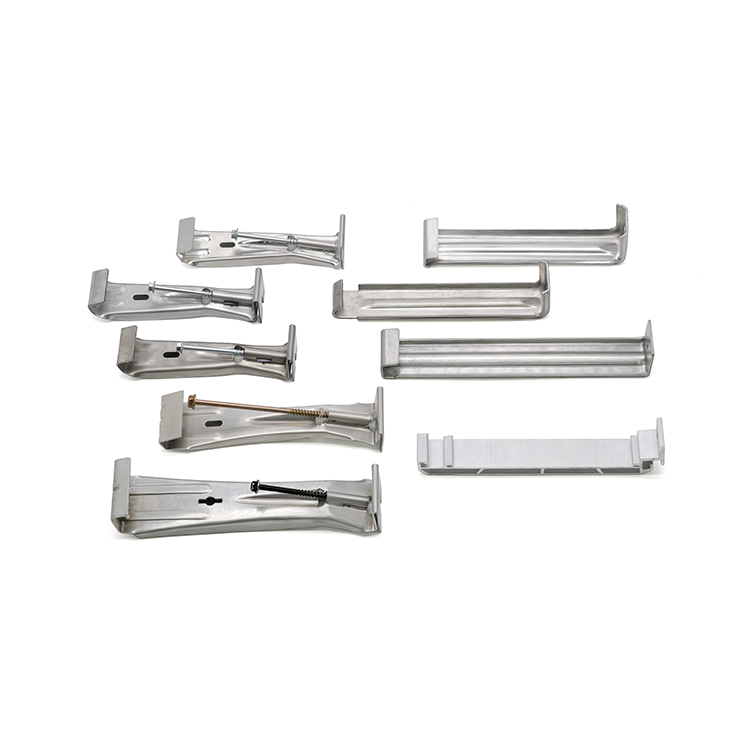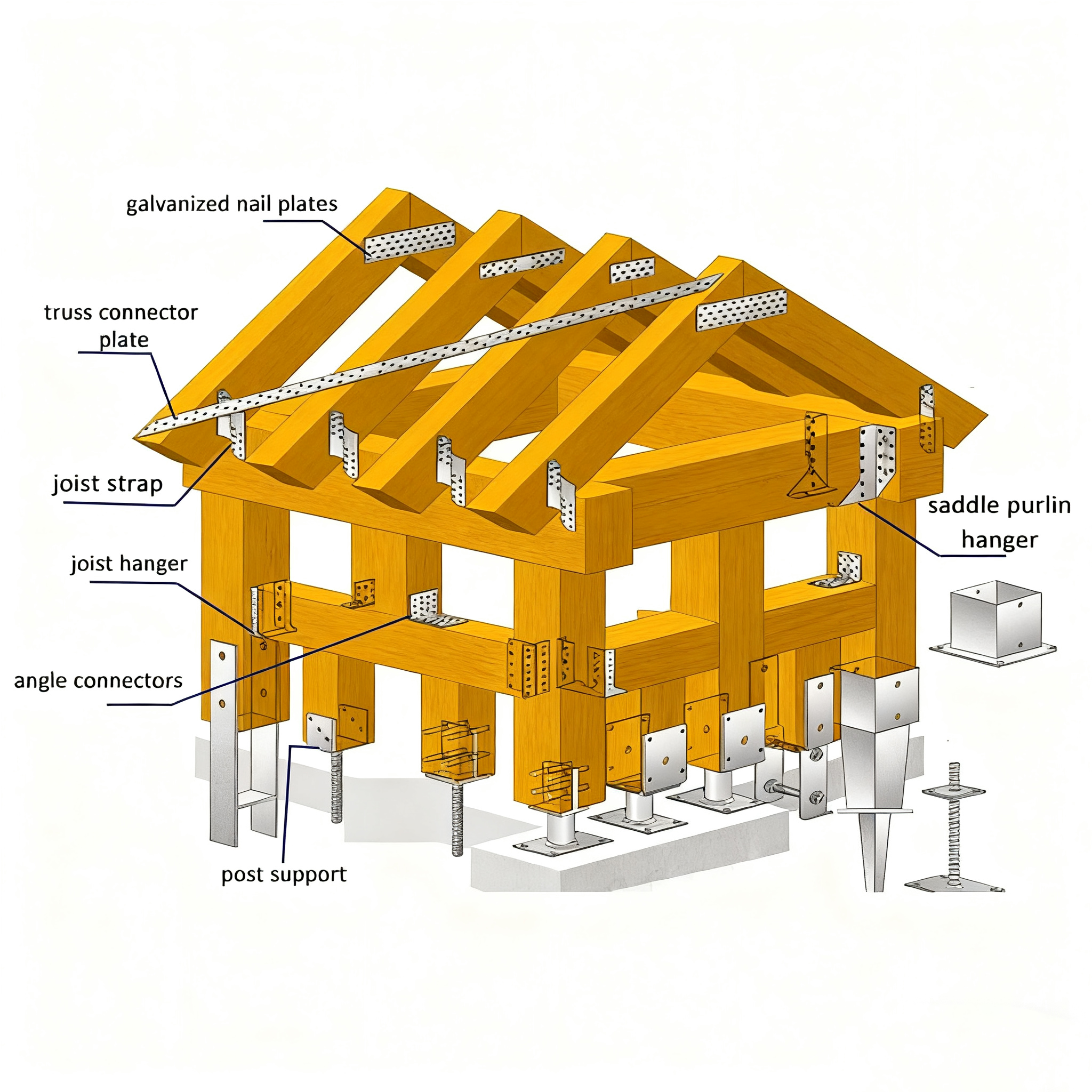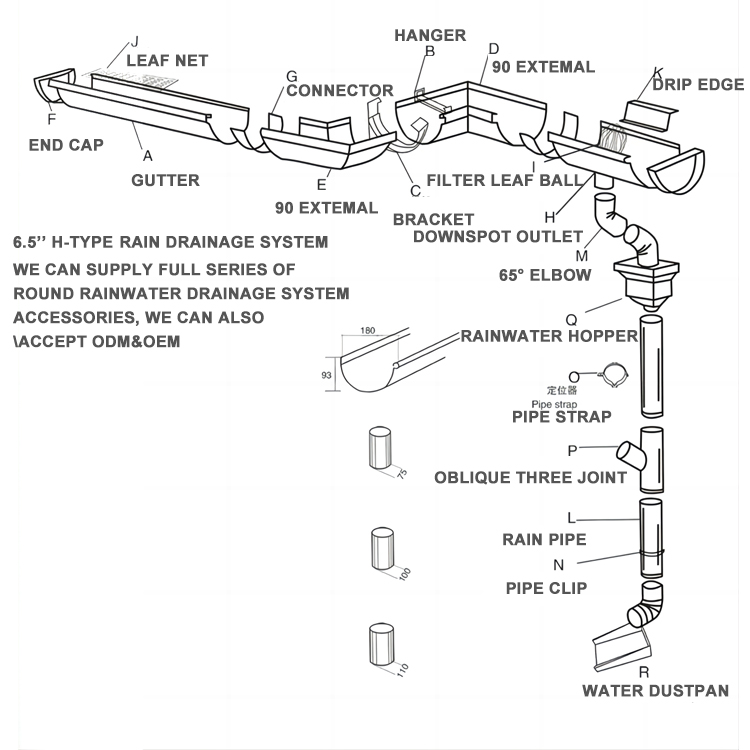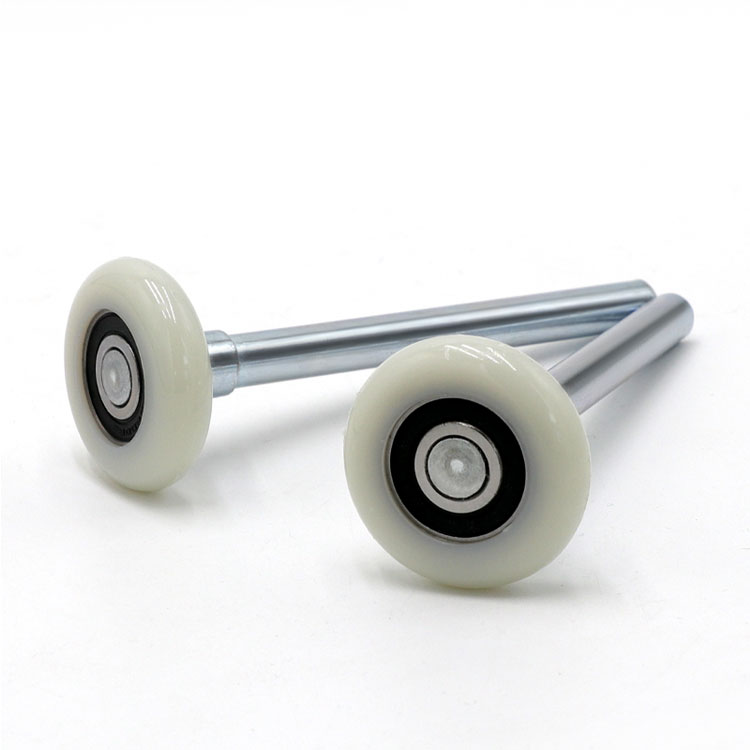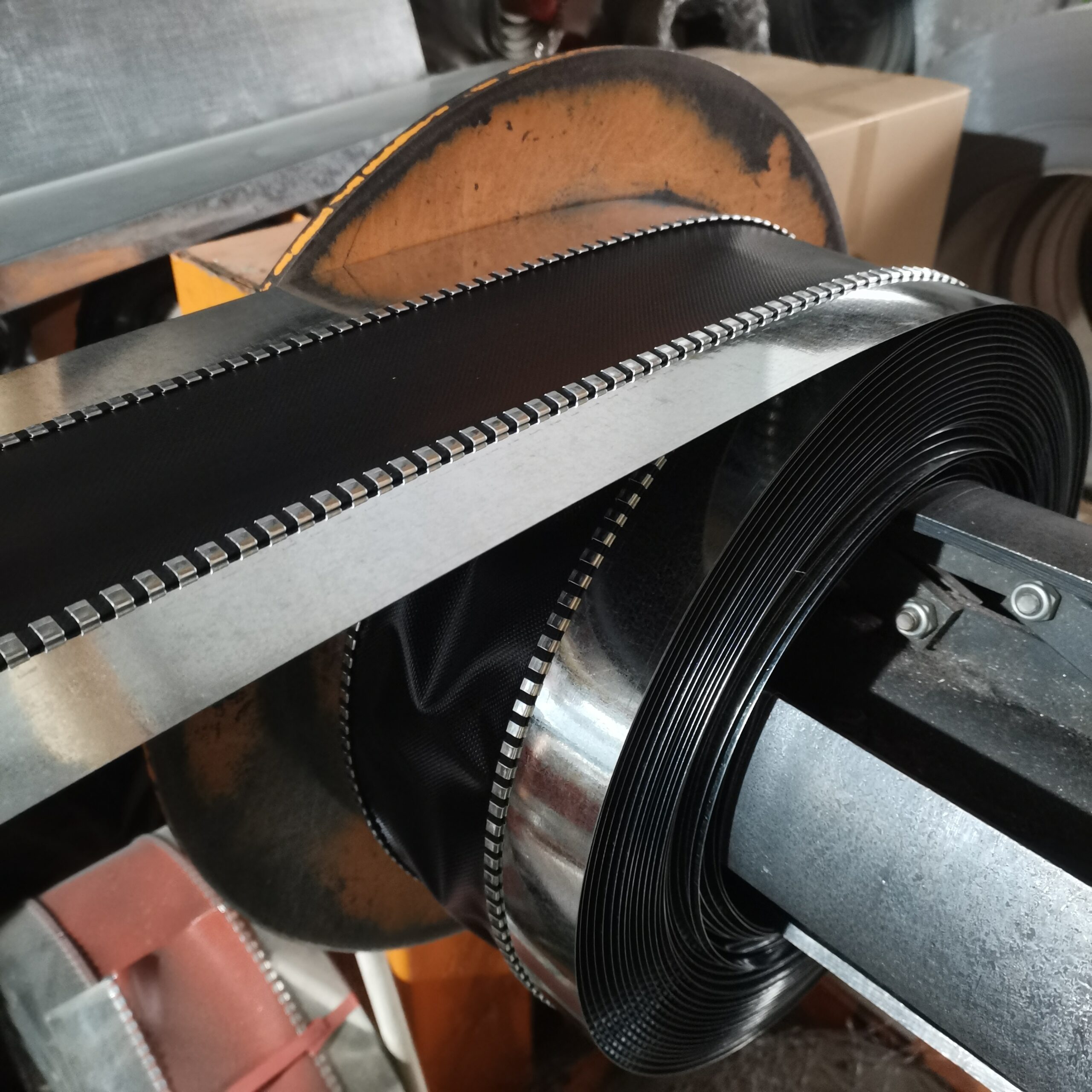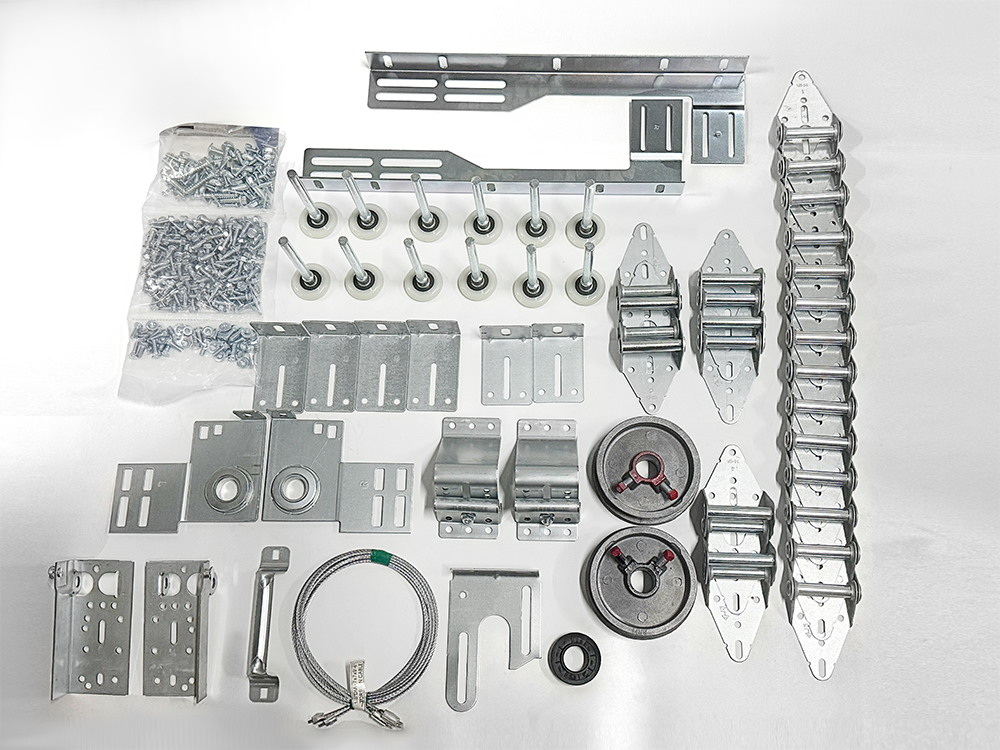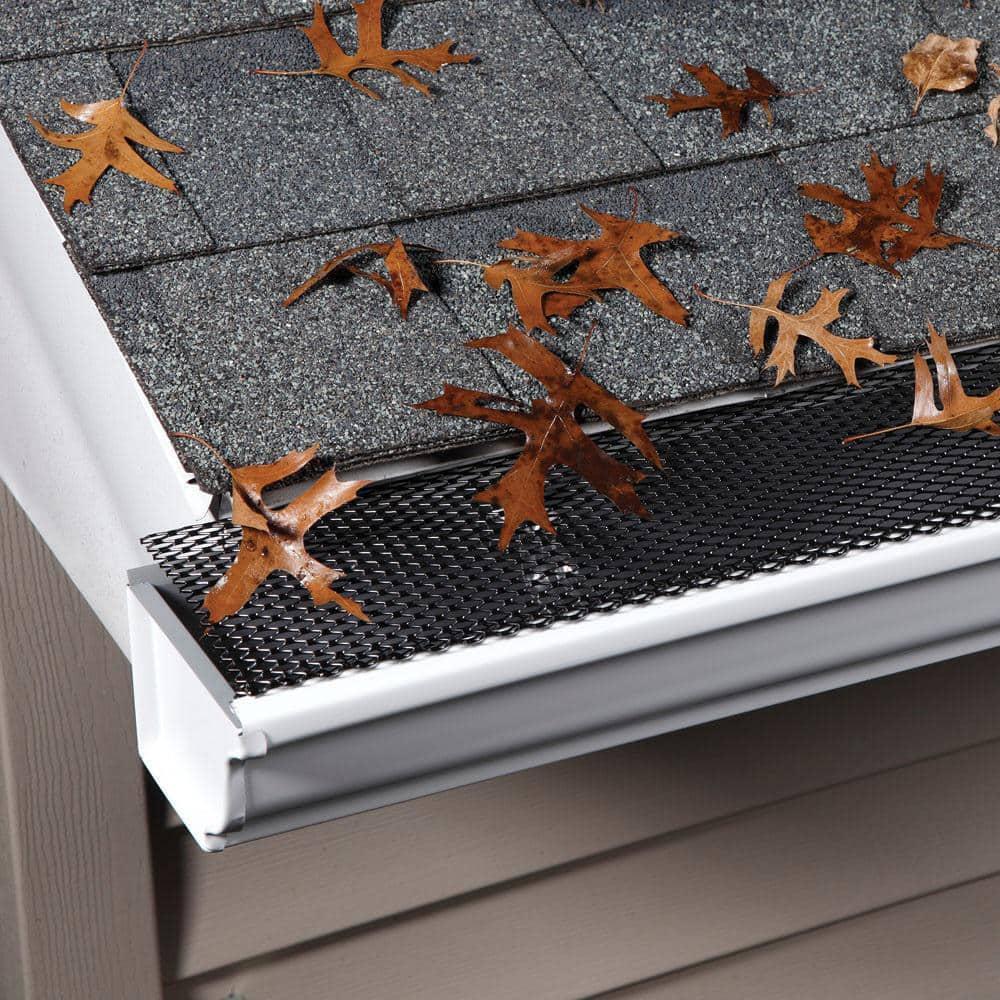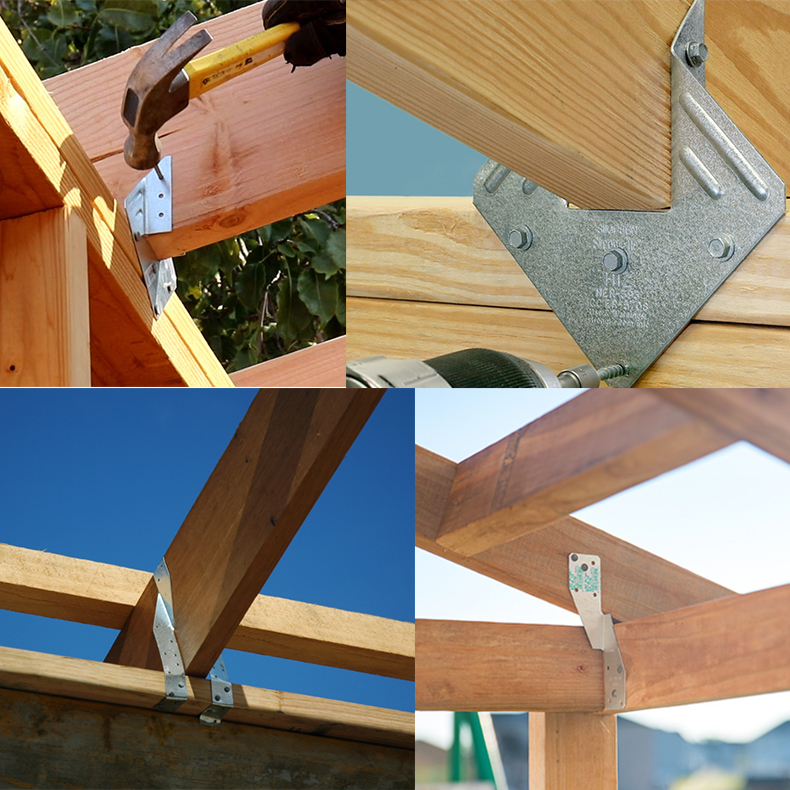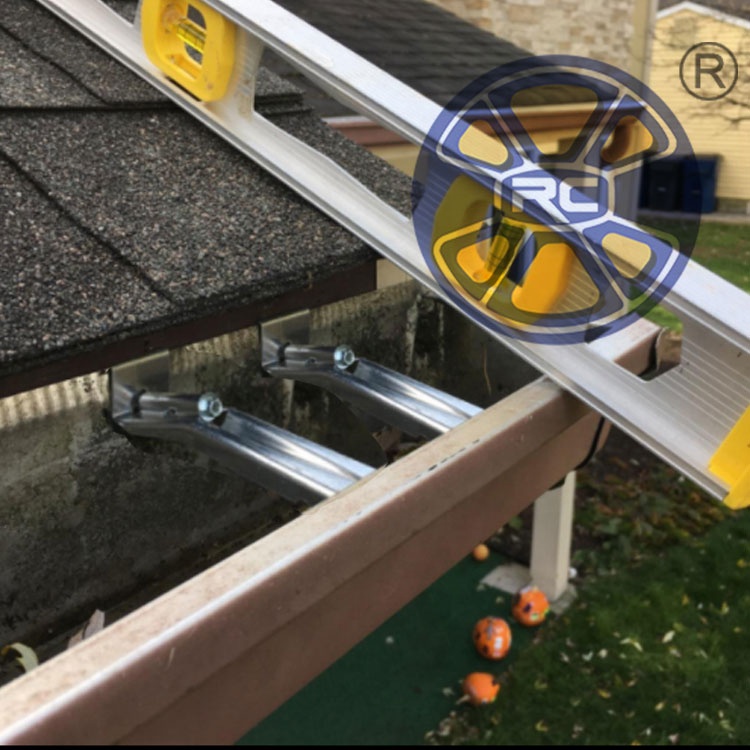Flexible connections play a crucial role in Heating, Ventilation, and Air Conditioning (HVAC) systems by providing essential flexibility between various components. These connectors are typically made from materials such as rubber, silicone, metal fabric, or composite materials that can withstand environmental stresses while maintaining their integrity.
Key Functions of Flexible Connections
- Vibration Isolation
One of the primary functions of flexible connections is to isolate vibrations generated by mechanical equipment like fans, compressors, and pumps. By absorbing these vibrations, they prevent them from being transmitted through the ductwork or structure, thereby reducing noise levels within the building.
- Thermal Expansion Compensation
As temperatures fluctuate, metal ducts and pipes expand and contract. Flexible connections accommodate this movement without imposing undue stress on the HVAC systems, thus protecting against potential damage caused by thermal expansion and contraction.
- Alignment Flexibility
During installation, achieving perfect alignment between different HVAC systems components can be challenging. Flexible connections allow for slight misalignments, making installation easier and ensuring proper functioning even if there are minor discrepancies in positioning.
- Building Movement Adaptation
Buildings can experience slight movements due to settling or seismic activity. Flexible connections provide the necessary give to accommodate such movements, preventing hard connections from failing or causing structural damage.
- Ease of Maintenance
When it comes to maintenance and repairs, flexible connections make it simpler to access and replace individual components. They facilitate quick disassembly and reassembly, streamlining service operations.
- Enhanced Sealing and Fire Safety
High-quality flexible connections offer excellent sealing properties, preventing air leaks that could compromise system efficiency. Moreover, some designs include fire-resistant features, acting as barriers to contain fires and limit smoke spread.
- System Longevity
By mitigating mechanical stresses and accommodating physical changes within the system, flexible connections contribute to the longevity and reliability of HVAC systems installations.
- Improved Airflow Quality
Certain flexible connection designs take aerodynamics into account, minimizing airflow resistance and turbulence. This optimization leads to better overall performance of the ventilation system.
In summary, flexible connections are indispensable elements in modern HVAC systems. They enhance operational efficiency, extend equipment life, improve comfort, and ensure safety. Engineers and technicians must carefully select and install these components to maximize their benefits and maintain optimal system performance.

